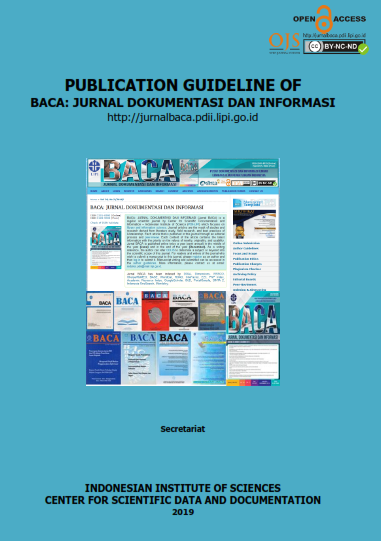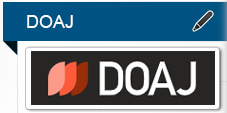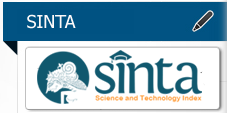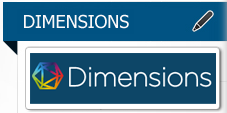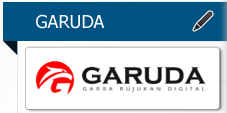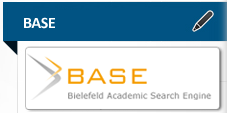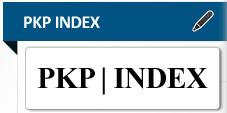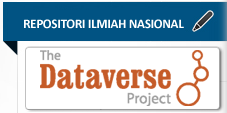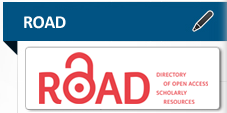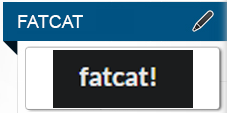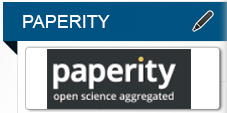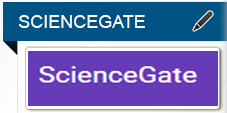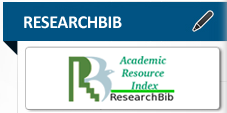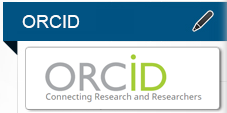LIBRARY 2.0 TIDAK TERASA ADA DI SEKITAR KITA
Abstract
Keywords
Full Text:
PDFReferences
Abram, Stephen. (2006). Web 2.0, Library 2.0, and Librarian 2.0: Preparing for the 2.0 World.
Aharony, Noa. (2009). Web 2.0 Use by Librarian. Library & Information Science Research, 31 (1), 29-37.
Boyd, Danah M. Ellison dan Nicole B. (2010). Social Network Sites: Definition, History, and Scholarship. Journal of Computer-Mediated Communication, 13 (1), 210–230. Tersedia di http://onlinelibrary.wiley.com/doi/10.1111/j.1083-6101.2007.00393.x/full, diakses 16 November 2010.
Cao, Dongmei. (2009). Chinese Library 2.0: Status and Development. Chinese Librarianship: an International Electronic Journal, 27. URL: http://www.iclc.us/cliej/cl27cao.htm.
Casey, Michael E. dan Savastinuk, Laura C. (2006). Service for the Next-generation Library. Library Journal, (09/01/2006). Tersedia di http://www.libraryjournal.com/article/CA6365200.html.
Chen Xu, Fenfei Ouyang dan Heting Chu. (2009). The Academic Library Meets Web 2.0: Applications and Implications. The Journal of Academic Librarianship, 35(4), 324-331.
Chua, Alton Y.K. and Goh, Dion H. (2010). A Study of Web 2.0 Applications in Library Websites. Library & Information Science Research, 32(3), 203-211.
Click, Amanda dan Petit, Joan. (2010). Social Networking and Web 2.0 in Information Literacy. The International Information & Library Review, 42(2), 137-142.
Hammond, Sarah. (tt). Public Library 2.0: Culture Change? Tersedia di http://www.ariadne.ac.uk/issue64/hammond/.
Kroski, E. (2008). All a Twitter. School Library Journal, 54(7), 31-35.
Langkes, R. David, Silverstein,J.,Sicholson, S. dan Marshal, T. (tt). Featuring the Future Participatory Networks: the Library as Conversation. Proceeding of the 6th International Conference on Conception of Library and Information Science.
Little, Geoffrey. (2010). Managing Technology:The Revolution Will b Streamed Online: Academic Libraries and Video. The Journal of Academic Librarianship, tersedia online 19 November 2010.
Miller, Paul. (2005). Web 2.0: Building the New Library, Ariadne Issue 45. Terdapat di http://www.imakenews.com/sirsi/e_article000505688.cfm.
Ram, Sri, Kataria, S., Hopkinson, A. dan Paliwal, N. (2010).
Acceptance and Usage of Web 2.0 Service in Libraries: a Survey. ETTLIS.
Roblver , M.D., McDaniel, M., Webb, M., Herman, J. dan Witty, J. V. (2010). Findings on Facebook in Higher Education: A comparison of College Faculty and Student Uses and Perceptions of Social Networking Sites. The Internet and Higher Education, 13(3), 134-140.
Tripathi, Manorama dan Kumar, S. (2010). Use of Web 2.0 Tools in Academic Libraries: A Reconnaissance of the International Landscape The International Information & Library Review, 42(3), 195-207.
DOI: https://doi.org/10.14203/j.baca.v31i1.94
Copyright (c)











